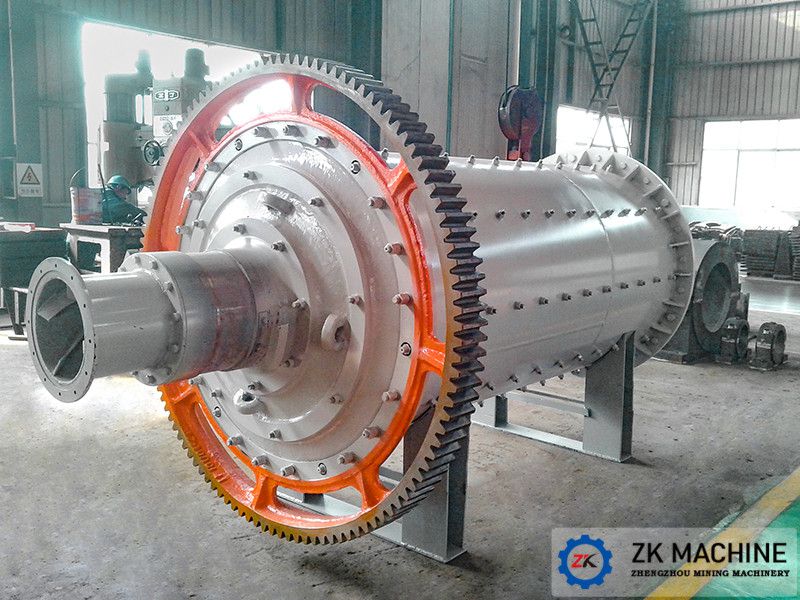Mechanical factors affecting the production and quality of b
Date:2021-12-14 10:57:11
Author:admin
Views:
224
There are many factors that affect the production quality of ball mills, which can generally be divided into two categories: process factors and mechanical factors. The following introduces the mechanical factors that affect the production quality of the ball mill.
1. Ventilation in the cylinder of the ball mill
Good ventilation in the mill is beneficial to reduce the temperature in the mill, discharge water, reduce the phenomenon of over-grinding and improve the grinding efficiency. Experience has proved that the wind speed in the ball mill for circular flow grinding should be kept at about 0.8-1.0 m/s, while the wind speed in the mill should be controlled at about 1.0-1.2 m/s for open-flow grinding, so as to adapt to the energy saving of the mill High-yield requirements. We can also select the fan according to the actual output of the mill. The empirical formula is as follows:
Q=400G
Q: Ventilation capacity of ball mill (m2/h), G: Ball mill output (t/h)
2. Mill internal structure
The internal structure of the mill refers to the lining plate, grate plate, compartment plate and inlet and outlet devices in the barrel of the mill. At present, the drawings used by shaft kiln cement companies to manufacture mills are still using design materials from the 1950s and 1960s. For example, the feed inlet is 90° right-angle feeding, the grinding head feed screw blade angle is 37°, and the position of the compartment plate and the form of the liner are the same. Therefore, the phenomenon of material retention area at the feed inlet, slow feed rate, affecting ventilation area, unbalanced grinding of pre-pulverized materials, low grinding efficiency, etc., limit the high-quality energy-saving and high-yield of the ball mill. It is undoubtedly necessary to adjust the structure of the mill properly.
3. Grinding body gradation and recharge rate
Due to the changes in the grinding process conditions, the traditional ball matching method and filling rate design are difficult to adapt to the current needs of energy-saving and high-yield mills. The necessary dynamic tests of the grinding bodies in each position must be carried out according to the actual particle size of the grinding material, the grindability coefficient (or the relative grindability coefficient), the form of the liner and the compartment plate, the installation position, the power of the mill, the speed, etc. , Calculate and confirm.

